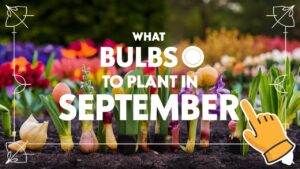Zone 7 gardeners enjoy a relatively mild climate, which allows for a variety of vegetables to be planted in June, maximizing both summer and fall harvests. This guide provides detailed information about each plant to help you make the most of your June planting.
Beans (Phaseolus vulgaris)
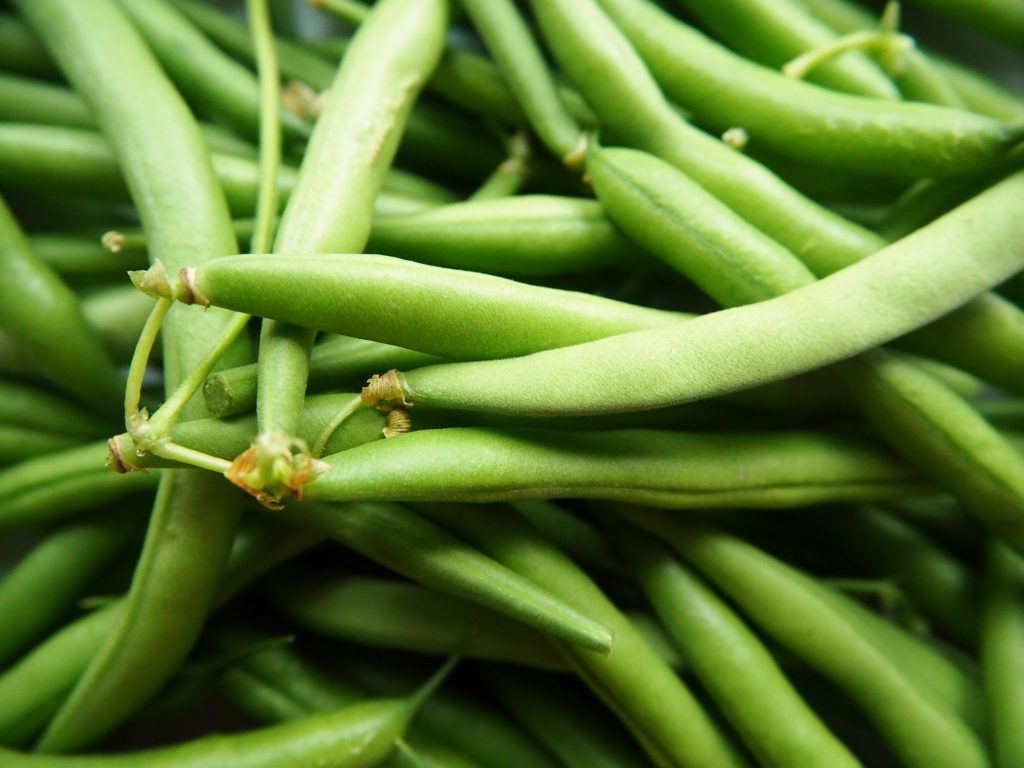
Beans, including both bush and pole varieties, are generally warm-season crops that thrive in warm soil. Temperature Tolerance: Beans prefer soil temperatures around 70°F to germinate effectively, and they can tolerate temperatures up to 90°F during the growing season.
Planting Dates: In Zone 7, you can plant beans from late May through early June. As the soil warms up, direct sow seeds about 1 inch deep and space bush beans approximately 2-4 inches apart, while pole beans should be spaced about 6 inches apart with a support structure in place.
Helpful Tips: Beans are essential for crop rotation due to their nitrogen-fixing ability, which enriches the soil. Regular harvesting encourages continuous pod production, and beans have relatively few pests beyond aphids and some beetles, making them easy to grow.
Corn (Zea mays)
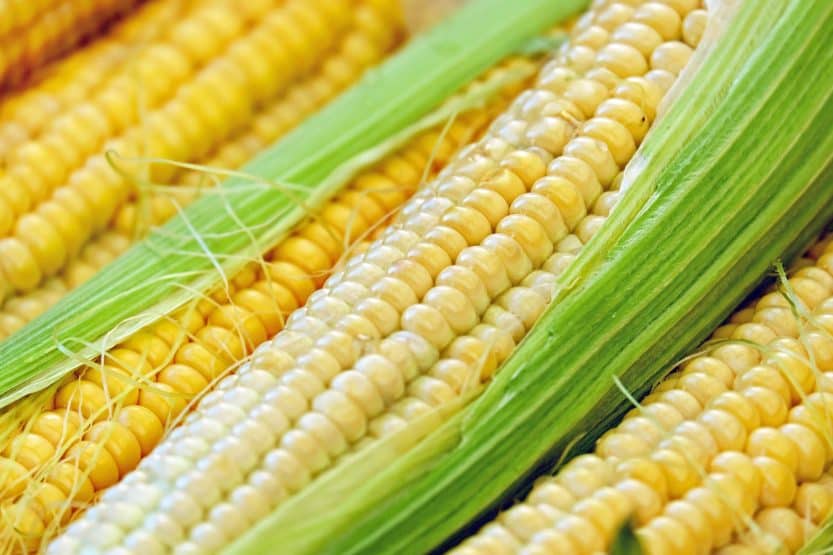
Corn is a staple garden crop that thrives in sunny conditions. Temperature Tolerance: Corn seeds need soil temperatures to be a minimum of 60°F for germination, but ideally above 70°F for robust growth. Corn is generally tolerant of warm weather, thriving up to the low 90s Fahrenheit.
Planting Dates: In Zone 7, you can plant sweet corn seeds from late April to mid-June, with the best window being from mid-May to early June for optimal sweet corn varieties.
Helpful Tips: Corn requires adequate space for pollination; plant it in blocks of at least four rows rather than single rows for better yields. Water corn deeply and regularly to encourage strong root development, and be vigilant for pests such as the corn earworm.
Cucumbers (Cucumis sativus)
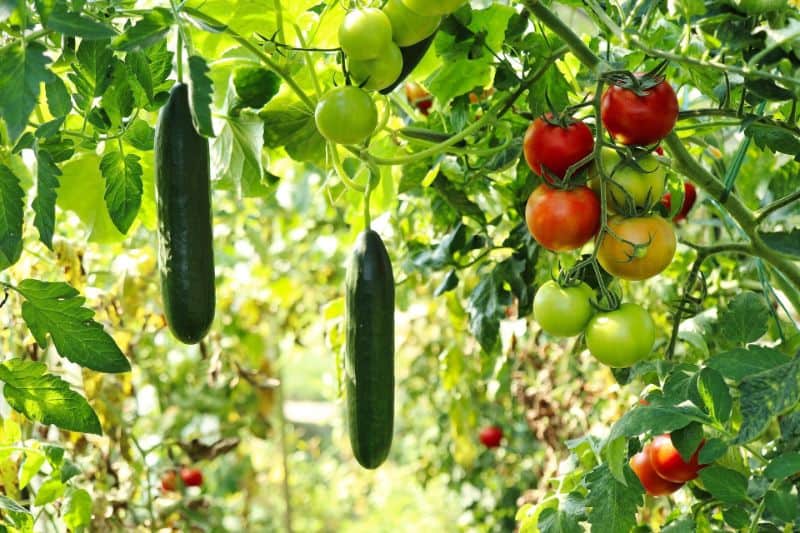
Cucumbers are ideal for June planting, taking advantage of warm weather. Temperature Tolerance: These plants prefer soil temperatures consistently above 65°F, with optimal growth occurring between 70°F and 85°F.
Planting Dates: Cucumber seeds should be sown directly into the garden from late May to June, ideally after the last frost. Space seeds about 1 inch deep and 36 inches apart for vining varieties or plant them in containers if space is limited.
Helpful Tips: Provide climbing support for vining cucumbers to save space and improve air circulation. Regular watering is crucial, as cucumbers need consistent moisture to avoid bitterness; a drip irrigation system works well for maintaining soil moisture.
Summer Squash (Cucurbita pepo)
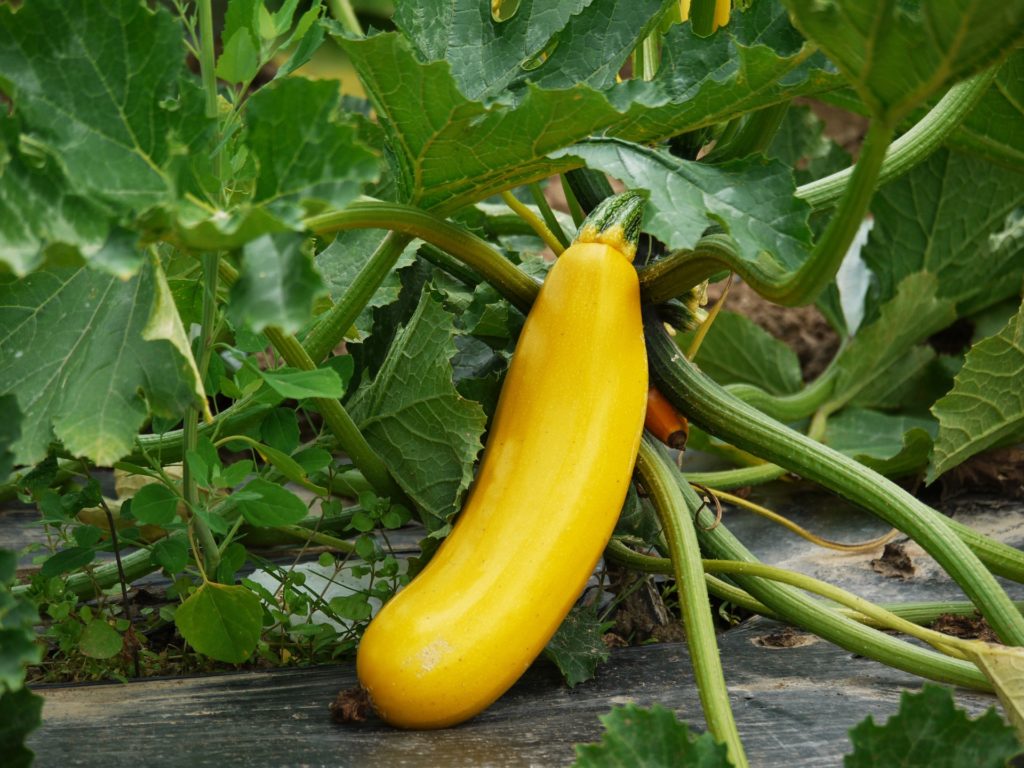
Summer squash varieties like zucchini do well in the warm temperatures of June. Temperature Tolerance: Summer squash thrives in temperatures above 70°F and can tolerate heat up to 90°F, although extreme heat may impact fruit development.
Planting Dates: Plant squash seeds directly in the soil from mid-May to mid-June, ensuring the soil temperature exceeds 70°F. Space seeds about 2-3 feet apart.
Helpful Tips: Summer squash benefits from a high potassium fertilizer to promote fruiting and should be harvested regularly to encourage continued production. Watch for pests like squash bugs and cucumber beetles, and consider using row covers to protect young plants.
Tomatoes (Solanum lycopersicum)
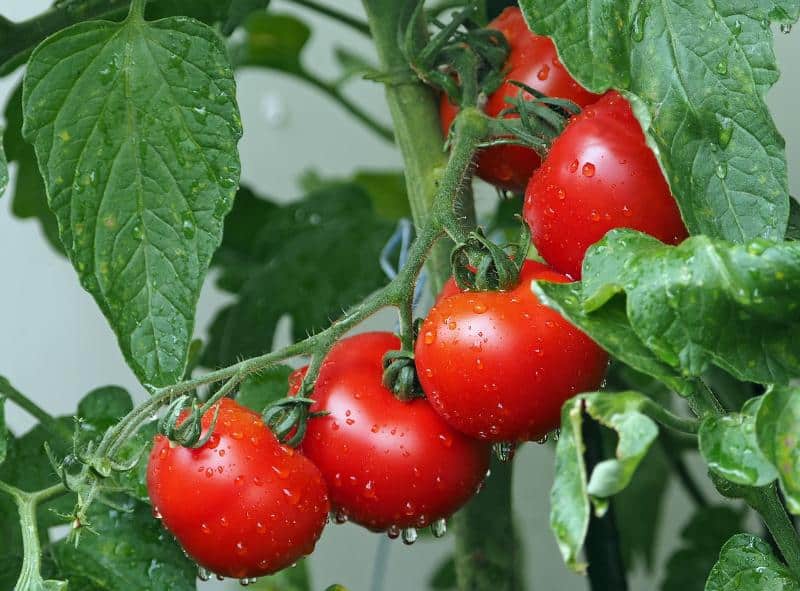
Tomatoes are a favorite among gardeners, and June is a suitable time for transplanting young seedlings. Temperature Tolerance: Tomatoes prefer soil temperatures above 60°F, thriving best at 70°F to 85°F during the growing season.
Planting Dates: In Zone 7, you can transplant tomatoes from late April to June, depending on the maturity of the seedlings. Space plants about 18-24 inches apart.
Helpful Tips: For vigorous growth, stake or cage tomato plants to support their height and prevent disease. Prune lower leaves to promote airflow, and water deeply but infrequently to encourage deep root systems. Monitor for pests like aphids and whiteflies.
Peppers (Capsicum annuum)

Peppers relish warm weather and can be successfully planted in June. Temperature Tolerance: Peppers thrive in soil temperatures of at least 70°F, with optimal growth occurring at temperatures of 75°F to 85°F.
Planting Dates: Transplant pepper seedlings into the garden in mid-May to early June, ensuring the risk of frost has passed. Space your plants about 18-24 inches apart for adequate room to grow.
Helpful Tips: Fertilize with a balanced fertilizer high in phosphorus and potassium to encourage flowering and fruiting. Peppers benefit from consistent watering but avoid wetting the foliage to limit disease risk.
Eggplants (Solanum melongena)
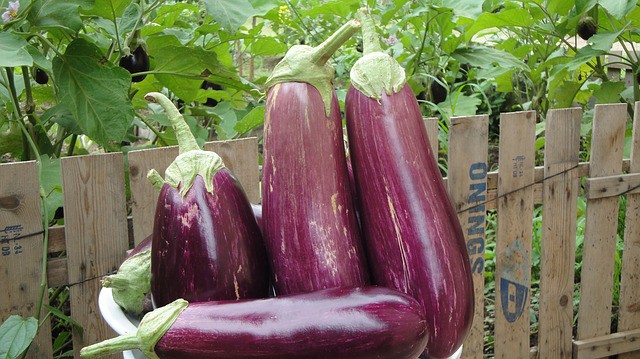
Eggplants flourish in warm climates, making them perfect candidates for June planting. Temperature Tolerance: Eggplants love heat; they perform best in soil temperatures around 70°F and can tolerate heat reaching up to 95°F.
Planting Dates: In Zone 7, eggplant seedlings should be transplanted from mid-May through June once the weather warms up. Space plants about 24 inches apart to allow for sprawling foliage.
Helpful Tips: Regular watering is essential to prevent blossom drop, and providing mulch can help conserve soil moisture. Be observant of pests like aphids and the eggplant borer, and consider introducing beneficial insects to control populations.
Carrots (Daucus carota)
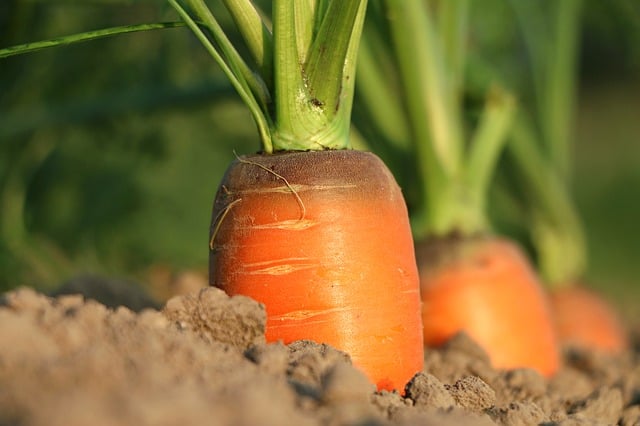
Carrots can be planted in June for a delicious late summer to fall harvest. Temperature Tolerance: Carrots germinate best in cooler soil, with an ideal range around 60°F to 70°F; they can tolerate warmer conditions, but growth may slow.
Planting Dates: Sow carrot seeds directly in the ground from mid-April through early June. Space rows about 12-18 inches apart and sow seeds about half an inch deep.
Helpful Tips: Thin seedlings to avoid overcrowding for better root development. Carrots require consistent moisture for optimal growth and sweetness, so a regular watering schedule is essential. Keep an eye out for pests like carrot flies.
Beets (Beta vulgaris)
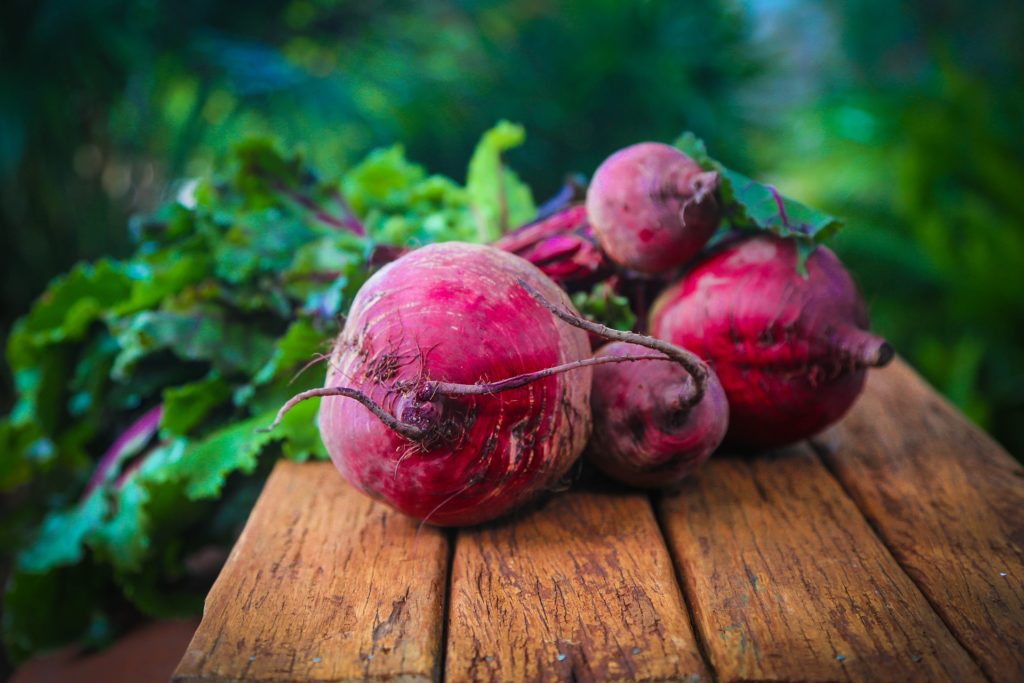
Beets are a quick-growing crop that can be planted in June. Temperature Tolerance: Beets thrive in cool weather but can handle temperatures as high as 80°F. They prefer soil temperatures around 60°F for germination.
Planting Dates: In Zone 7, beets can be direct-sown from late April to early June. Space seeds 1-2 inches apart and maintain about 12 inches between rows.
Helpful Tips: Both beet greens and roots are edible, enhancing their value in the garden. Providing adequate water is essential for sweet beets, and be sure to harvest when beets reach around 2-3 inches in diameter for the best flavor.
Radishes (Raphanus sativus)
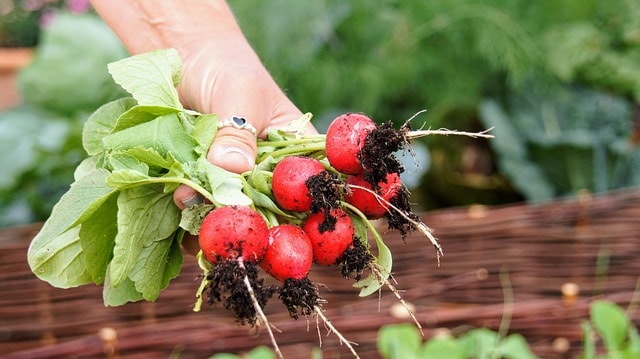
Radishes are one of the fastest-growing vegetables, making them perfect for June planting. Temperature Tolerance: Radishes prefer cooler climates, germinating best in temperatures around 50°F-70°F but can tolerate up to 80°F.
Planting Dates: Direct sow radish seeds in the garden from early April through June. Space them about 1 inch apart in rows 12 inches apart.
Helpful Tips: Radishes mature quickly, often ready to harvest in 25-30 days, which makes them ideal for intercropping with slower-growing crops. Regular watering will promote their growth, but avoid overwintering them in the garden to prevent woody roots.
Lettuce (Lactuca sativa)

Lettuce can be planted in June, especially heat-resistant varieties. Temperature Tolerance: Lettuce prefers cooler soil, ideally 60°F to 70°F. However, some heat-tolerant varieties can handle warmer conditions, up to 75°F.
Planting Dates: Sow lettuce seeds directly or transplant seedlings from late March through early June. Space plants about 10-12 inches apart.
Helpful Tips: To keep lettuce from bolting in June’s warmth, provide some shade during the hottest parts of the day. Regular watering is crucial to maintain crispness, and consider staggered planting for a continuous harvest.
Spinach (Spinacia oleracea)
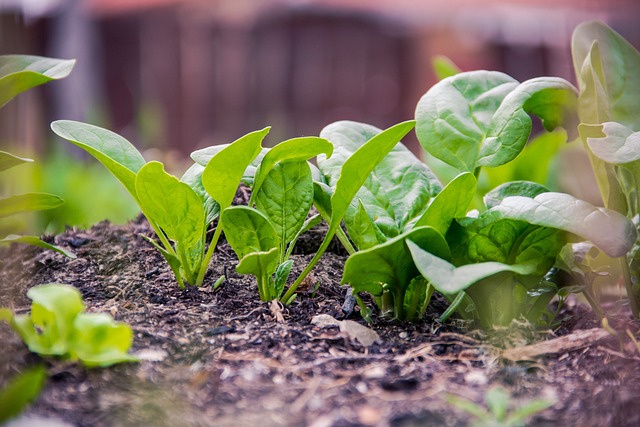
Spinach can be planted in June for a late summer harvest. Temperature Tolerance: Spinach grows best in cooler temperatures, ideally around 50°F to 70°F but can tolerate temperatures up to 75°F.
Planting Dates: Sow seeds directly in the garden from late April through early June. Space seeds about 2 inches apart and thin seedlings for healthy growth.
Helpful Tips: Spinach’s rapid growth makes it perfect for quick crop rotation, and regularly feeding the plants with nitrogen-rich fertilizer promotes lush growth. Monitor for pests like aphids and use row covers if necessary.
Swiss Chard (Beta vulgaris subsp. cicla)
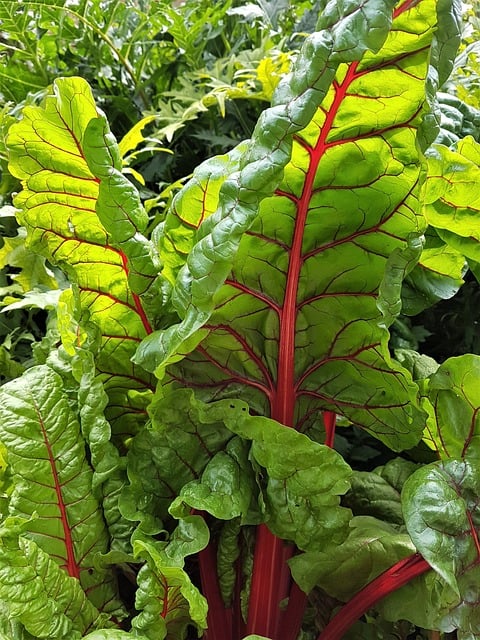
Swiss chard is tolerant of heat and can be planted in June. Temperature Tolerance: Chard thrives in temperatures ranging from 65°F to 80°F, making it an excellent choice for summer.
Planting Dates: Directly sow Swiss chard seeds in well-drained soil from April through June. Space plants approximately 12-18 inches apart to allow for their larger leaf spread.
Helpful Tips: Harvest leaves regularly to encourage new growth; chard can continue to produce for months. Swiss chard is also less likely to bolt compared to other leafy greens, making it a reliable choice for summer gardens.
Okra (Abelmoschus esculentus)
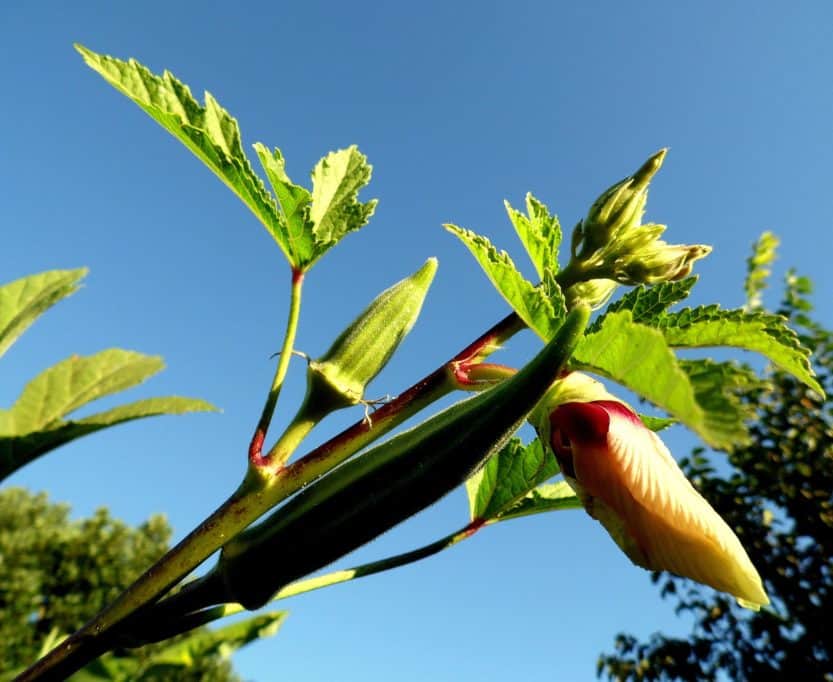
Okra is a southern staple that thrives in hot weather. Temperature Tolerance: Okra prefers temperatures between 70°F and 95°F and germinates best when soil temperatures surpass 65°F.
Planting Dates: In Zone 7, sow seeds directly into warm soil from May to June. Space seeds about 1 inch deep and 12-18 inches apart.
Helpful Tips: Okra is drought-tolerant; however, regular watering during dry spells will yield better pods. Be mindful of pests like aphids and flea beetles, and consider planting in a sunny spot to maximize growth.
Melons (Cucumis melo)
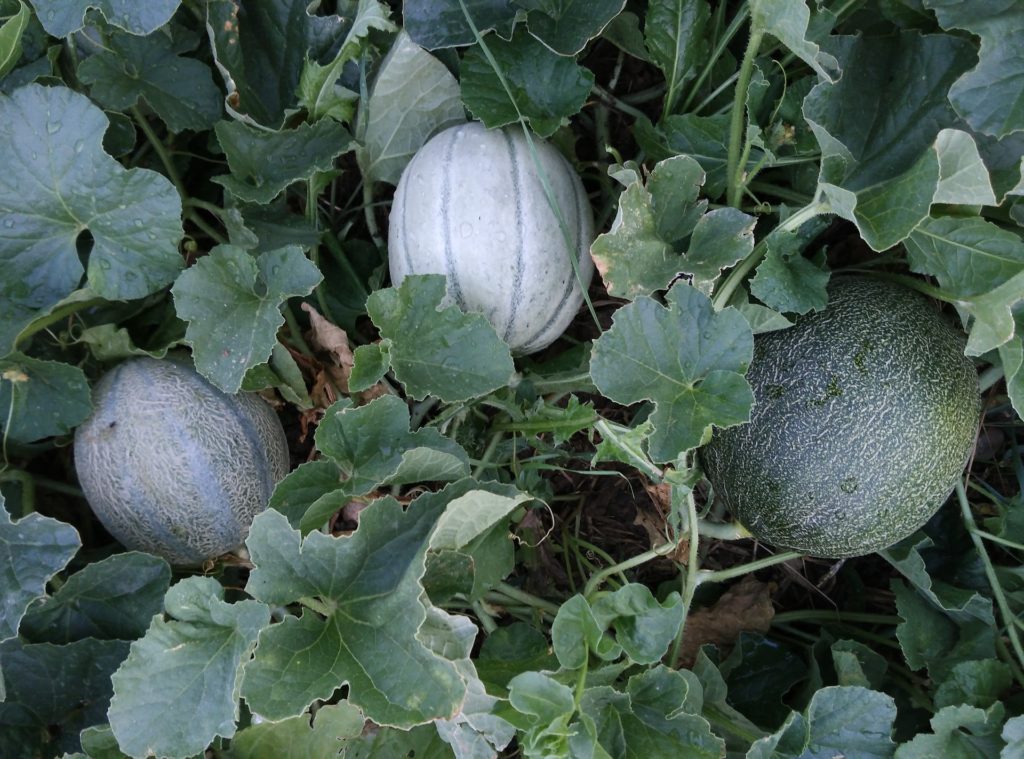
Melons flourish in the heat and can be planted in June. Temperature Tolerance: They prefer soil temperatures above 70°F, thriving best in temperatures reaching up to 85°F.
Planting Dates: Plant melon seeds directly into the soil in late May through June, ideally in hills spaced 4-6 feet apart.
Helpful Tips: Melons need plenty of water at the beginning of their growth; once they establish, reduce watering slightly to encourage sweetness. Watch for signs of pests, including aphids and cucumber beetles, which can threaten young plants.
Potatoes (Solanum tuberosum)
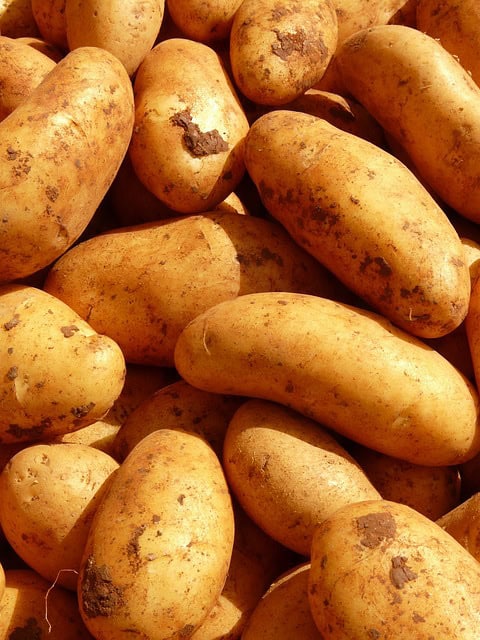
June can be a suitable time to plant late-season potatoes. Temperature Tolerance: Potatoes prefer cooler growing conditions, with soil temperatures around 45°F to 65°F being ideal, but they can grow in warmer summer weather.
Planting Dates: In Zone 7, late-season potatoes can be planted as late as June. Space seed potatoes about 12 inches apart and place them 4 inches deep in the soil.
Helpful Tips: Use hilling techniques as the tubers grow to promote larger potatoes and reduce the risk of greening. Keep potatoes consistently moist, especially during the flowering stage, which indicates tuber formation.
Sweet Potatoes (Ipomoea batatas)

Sweet potatoes are ideal for June planting in Zone 7, thriving in the heat. Temperature Tolerance: Sweet potatoes prefer warm temperatures, ideally between 70°F and 95°F.
Planting Dates: Transplant slips into the garden once soil temperatures warm to at least 65°F, generally around late May to early June. Space them 12-18 inches apart.
Helpful Tips: Sweet potatoes require well-draining soil and regular watering, especially in dry spells. Pest management is important; be watchful for sweet potato weevils and other insects.
Herbs (Various)
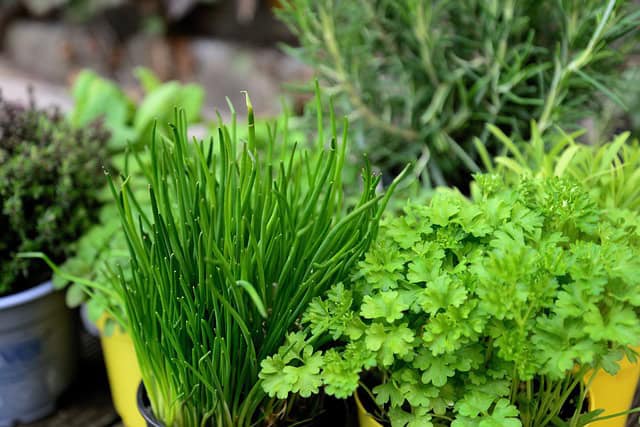
Herbs are essential companions in any garden and can be planted throughout June in Zone 7, including basil, dill, cilantro, and parsley.
Temperature Tolerance: Most herbs thrive in temperatures around 60°F to 80°F, with some enjoying even warmer conditions, particularly basil.
Planting Dates: Herbs can be sown directly into the garden or transplanted from April to June, depending on the herb variety. Space plants according to their growth habits, typically 6-12 inches apart.
Helpful Tips: Regular harvesting encourages bushy growth, and many herbs benefit from pinching back tips. Planting herbs alongside vegetables can help repel pests and attract beneficial insects.



